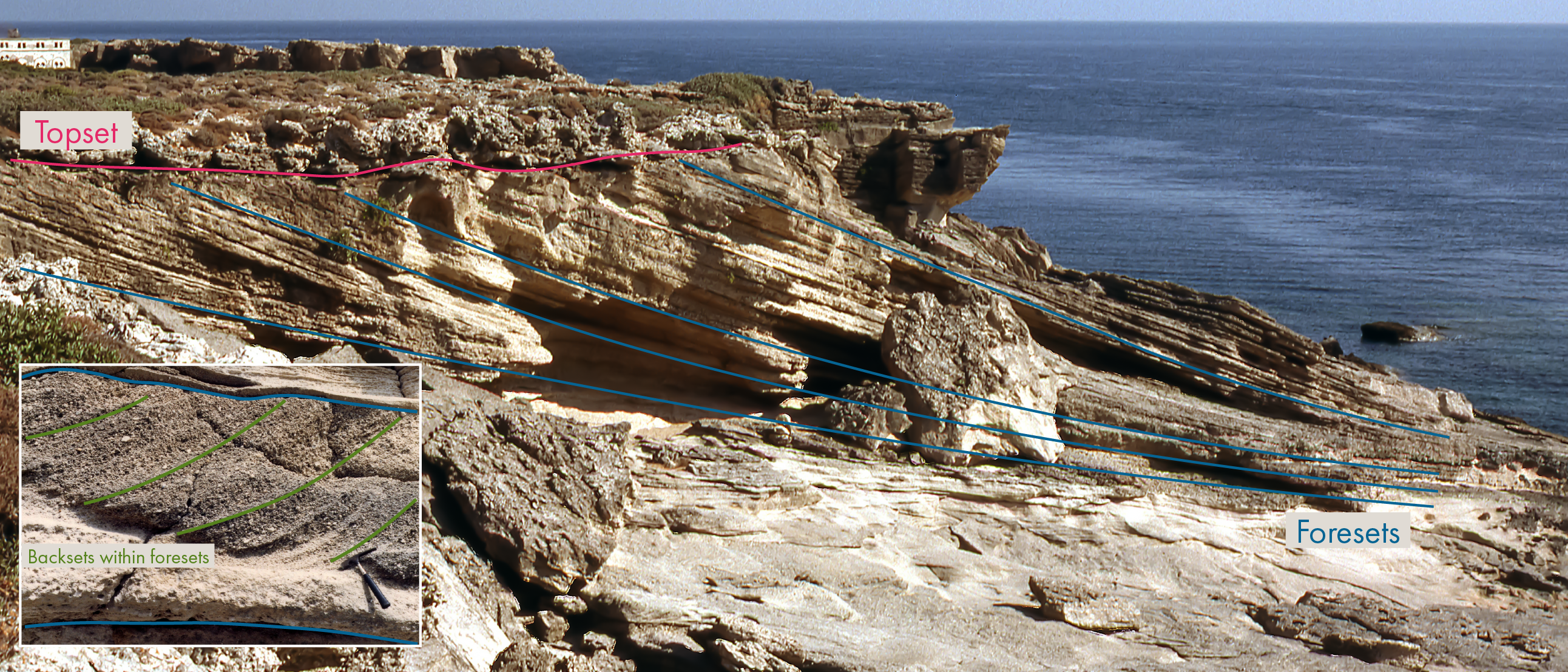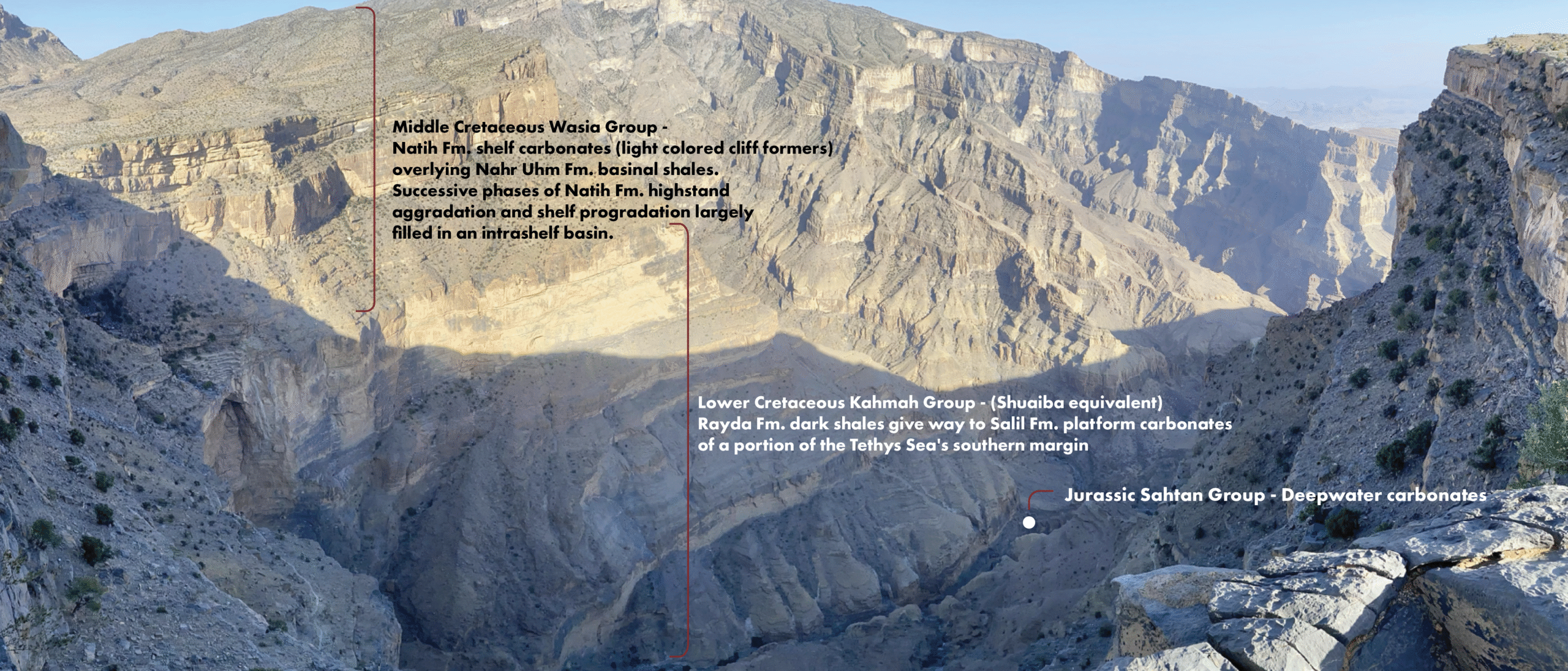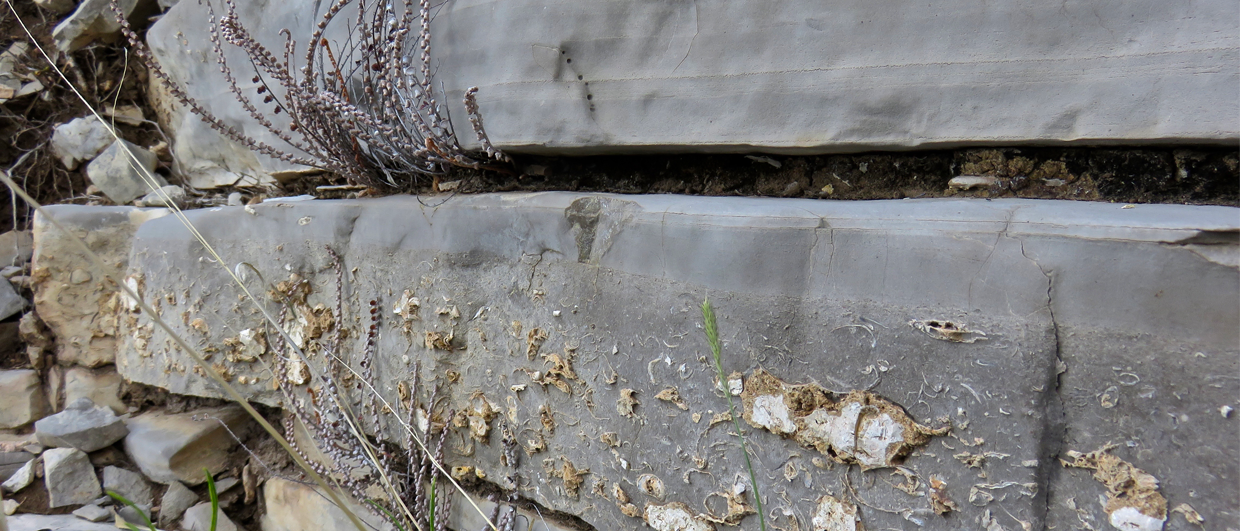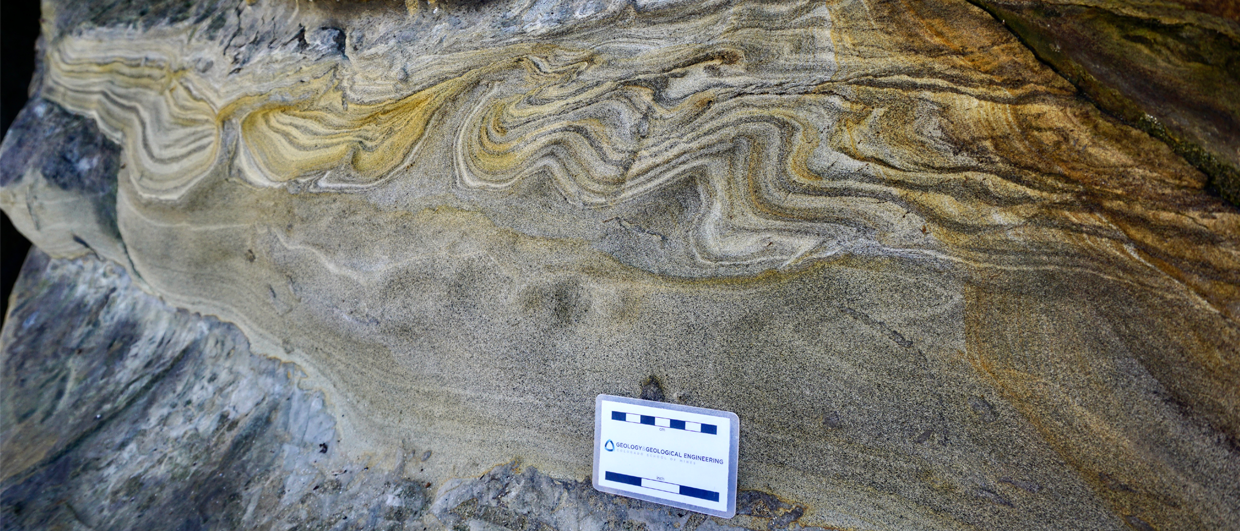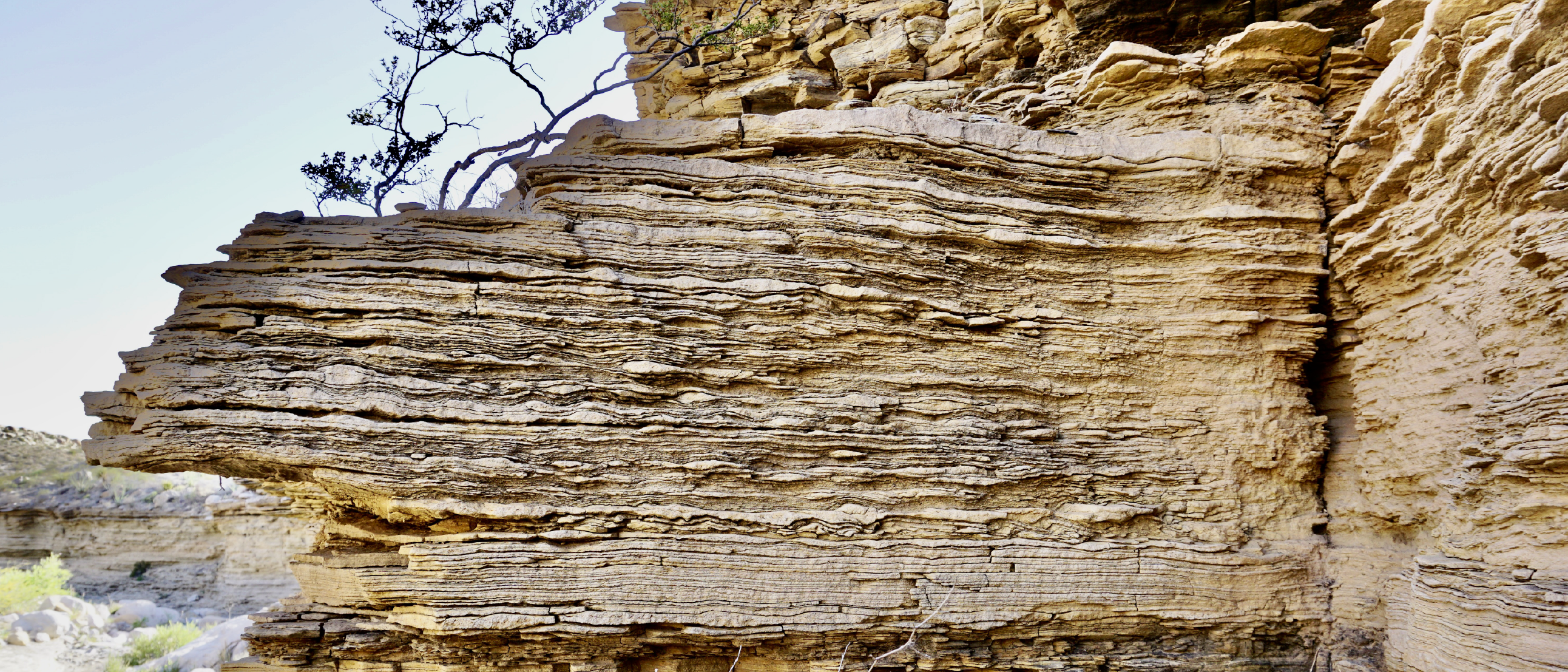 A Pliocene carbonate platform (Rhodos Formation) is exposed in the NE part of the isle of Rhodes, Greece. Sedimentation was largely controlled by faulting relating to a late Pliocene or early Pleistocene tilting of the island, whereby unconsolidated sediment was re-deposited. The minimum thickness of the platform is ca. 25 m, and the platform extends some hundred meters out into the basin. In the transverse section (NE – SW), the platform can be followed by approximately 1.5 km.
A Pliocene carbonate platform (Rhodos Formation) is exposed in the NE part of the isle of Rhodes, Greece. Sedimentation was largely controlled by faulting relating to a late Pliocene or early Pleistocene tilting of the island, whereby unconsolidated sediment was re-deposited. The minimum thickness of the platform is ca. 25 m, and the platform extends some hundred meters out into the basin. In the transverse section (NE – SW), the platform can be followed by approximately 1.5 km.
The sequence is composed of moderately to well-sorted lime grainstones and rudstones, which were deposited along the margin of a narrow platform, mostly bordering a metamorphic basement or the underlying terrigenous Vasfi Formation. The deposits are characterized by bottomset units and giant-scaled, steeply dipping, cross-bedded foreset units. Topset units are locally present, but are commonly eroded.
A variety of slope instability features are also present, both within the foreset and bottomset units. Stacked beds with backsets, i.e. cross-sets dipping in the upslope direction, are commonly associated with the foreset beds and are probably formed by accretion of sediment by successive retrogressive flow slides (illustrated in the bottom-left overlay photo). Plastically deformed sediments in the form of slumps occur within the lower platform slope. A giant channel composed of coarse-grained carbonate clasts (up to 1 to 2 m in diameter) cuts through the platform sequence (illustrated in the bottom-right overlay photo). Foresets and bottomsets are locally burrowed, mainly by sea urchins and Thalassionides burrows.

